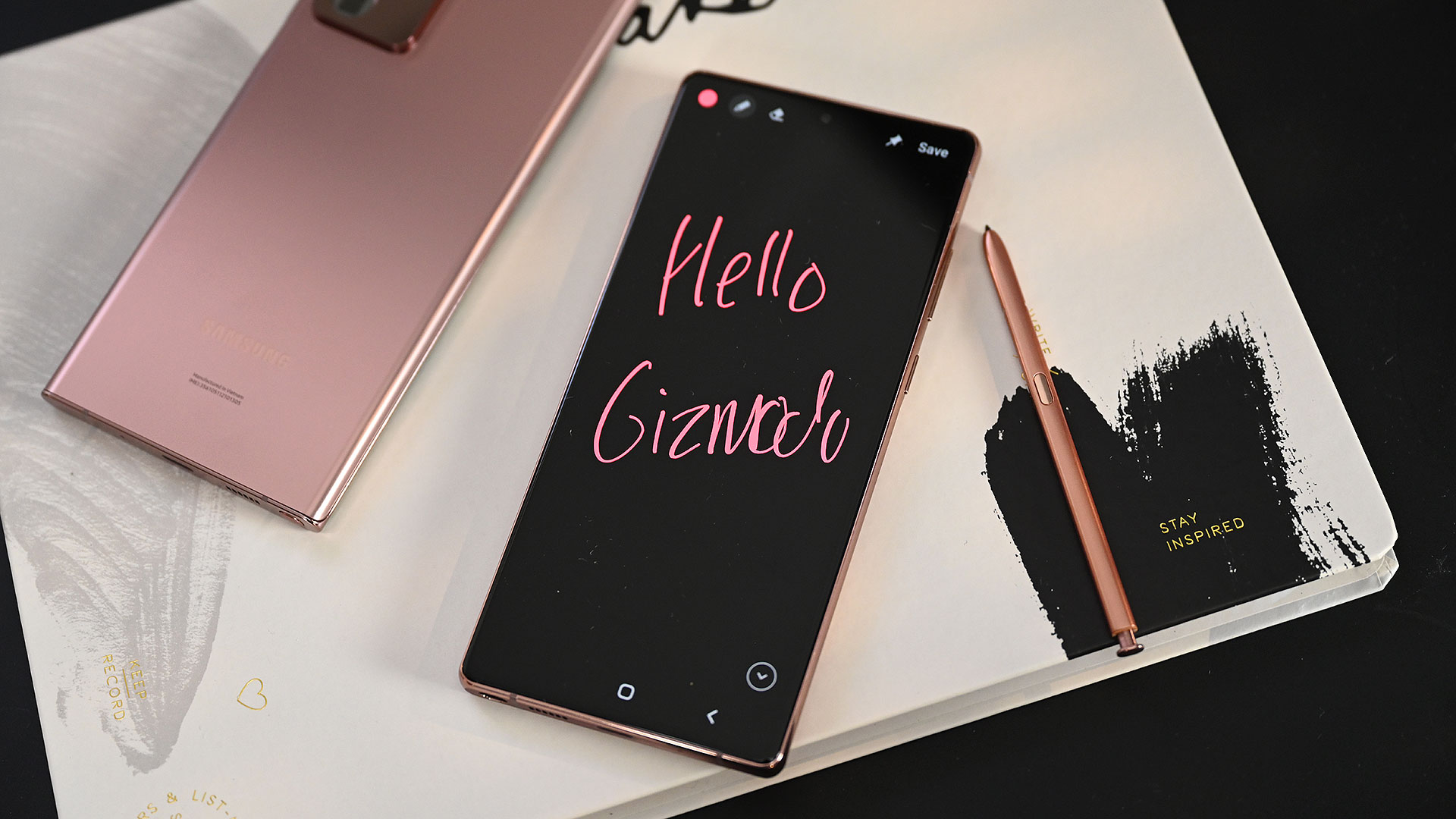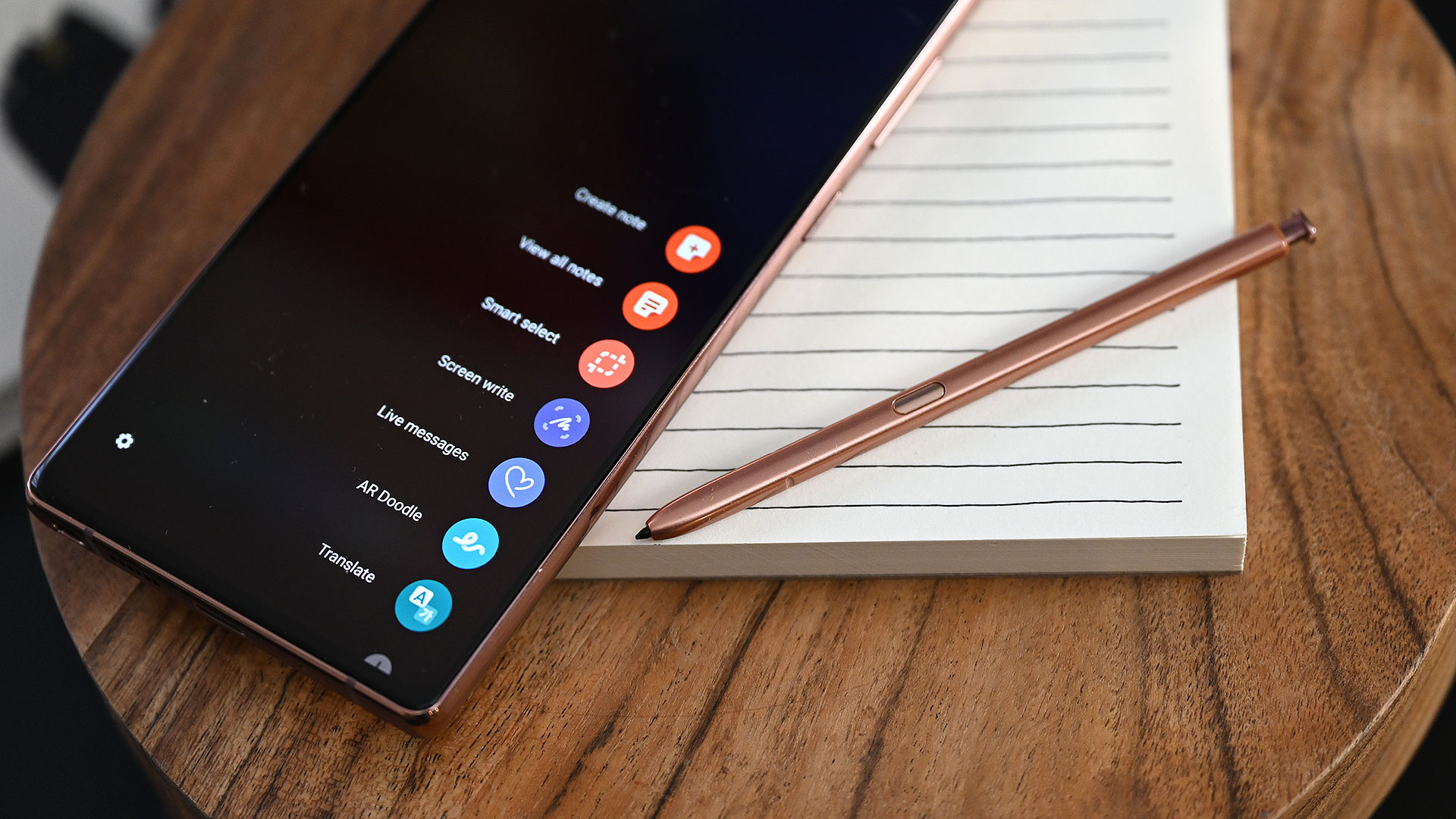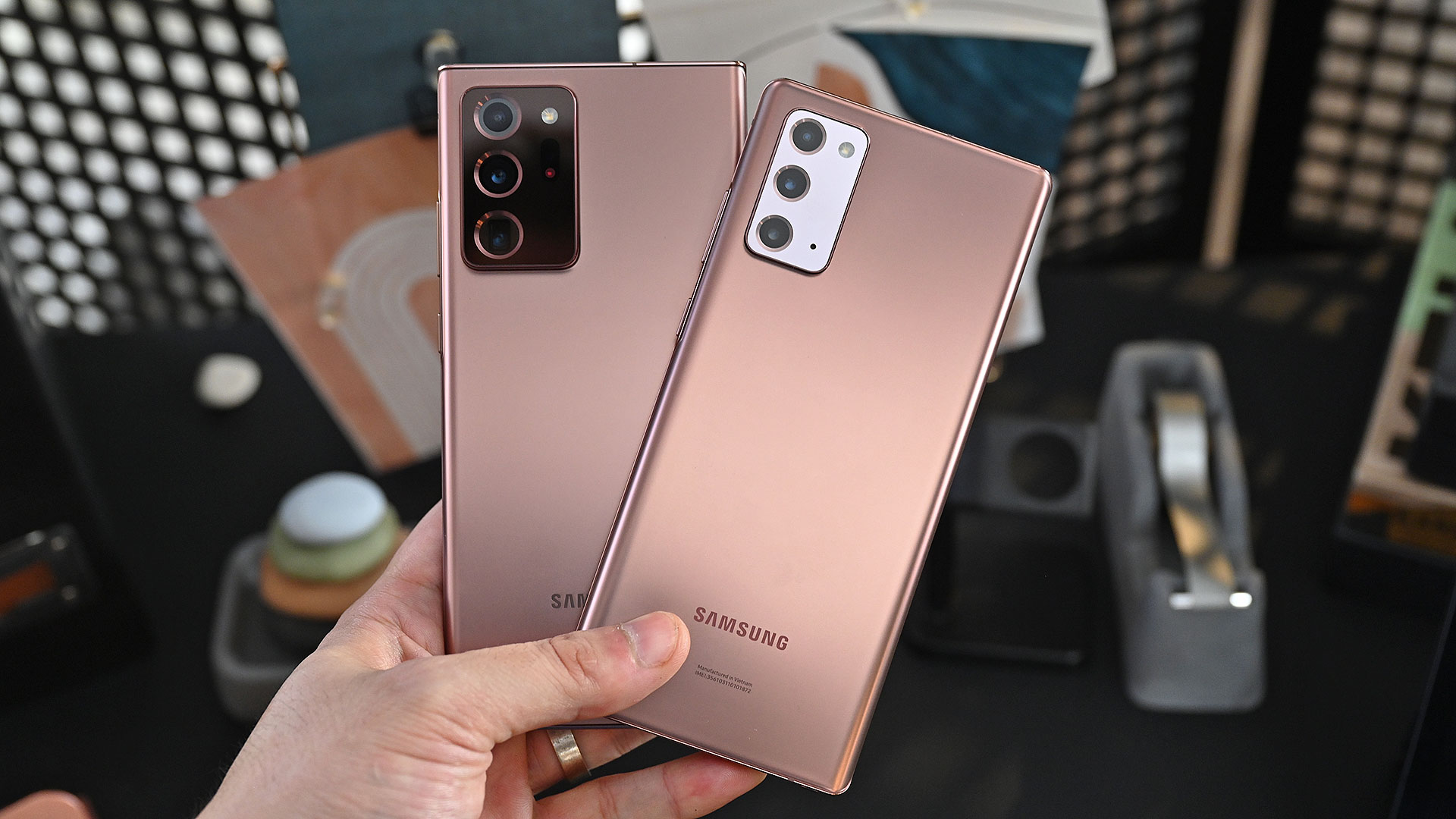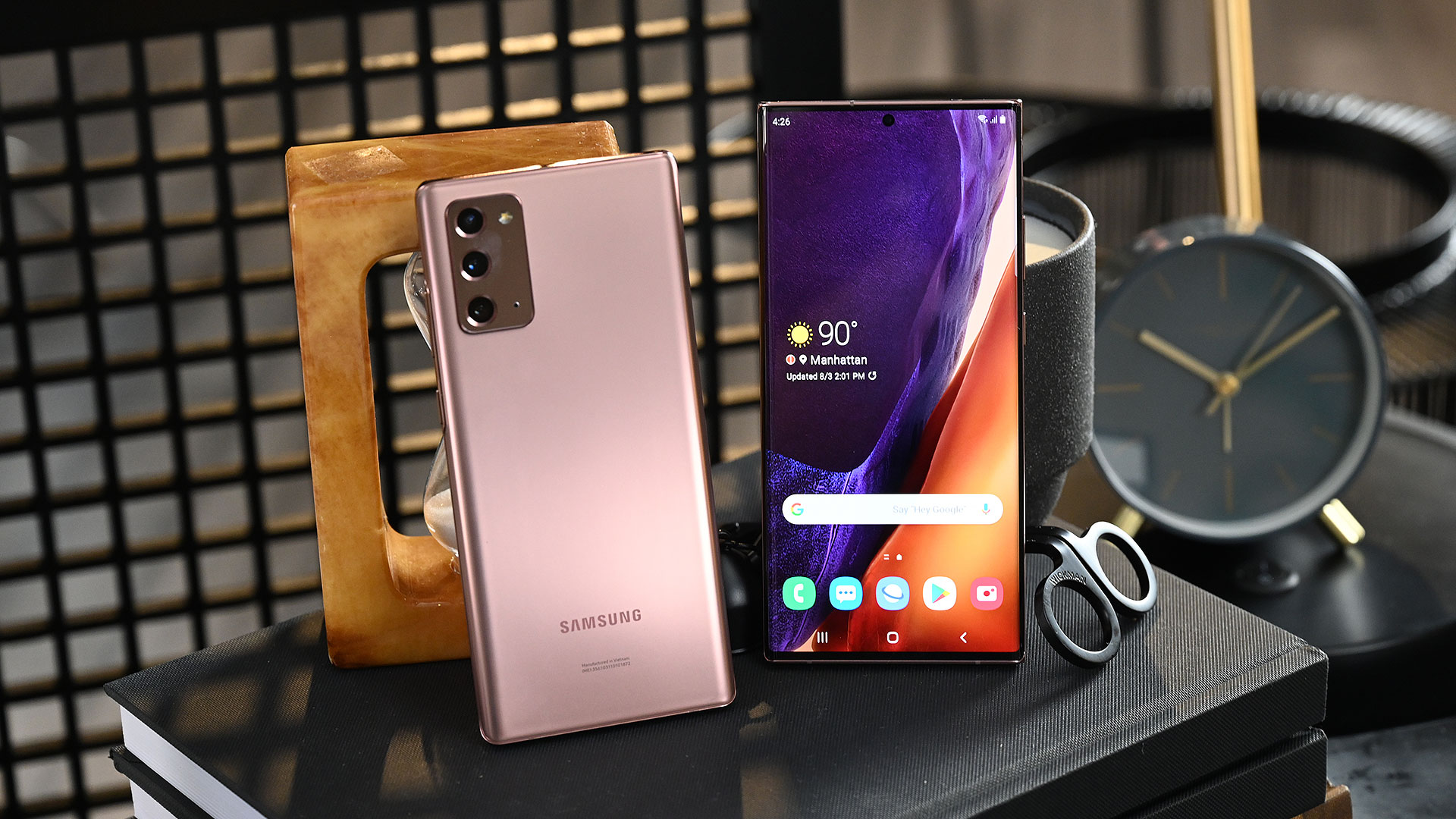When Samsung released the Galaxy S20 Ultra, I appreciated the sheer audacity it took to make a phone that big, that powerful, and that expensive. But at the same time, it felt like Samsung overreached by slightly overpromising and under-delivering on the S20 Ultra’s abilities. Now with the Galaxy Note 20 Ultra, Samsung seems to have finally created a super-refined, high-end phone worthy of leading its flagship phone lineup.
[related_content first=”1237222″]
Featuring a Qualcomm Snapdragon 865+ processor, Samsung said the Galaxy Note 20 Ultra should offer around 10% better performance than the S20 Ultra (except in Australia where we have the Exynos 990 processor, instead).
When it comes to features like Samsung’s Space Zoom camera tech, the company has adjusted its claims to be more in line with reality ” the phone offers a 12-MP 5x optical zoom that can be extended to a 50x hybrid zoom, along with a 108-MP main cam, a 12-MP ultra-wide cam, and a new laser-assisted autofocus system. Samsung upgraded its Pro Video recording mode with even more high-end capabilities, like support for 8K video recording at 24 FPS and the ability to adjust the zoom speed when pushing in for a close-up.

But more importantly, when it comes to the Galaxy Note 20 Ultra’s design, it feels like Samsung has truly elevated its build quality and polish to a whole new level. Unlike recent Galaxy Notes, the Note 20 and Note 20 Ultra feature almost perfectly flat screens wrapped with just a hint of a bezel, while tiny elements like an almost invisible earpiece run along the top edge of its display. Around back, Samsung has also switched over to a new matte glass finish that not only feels incredible, it also cuts way down on unsightly fingerprints. And particularly when viewed in Samsung’s signature Mystic Bronze hue, the Note 20 Ultra has the kind of finish that would put a lot of jewellery makers to shame. (If bronze isn’t your style, the Note 20 Ultra will be available in black and white too.)
Then there’s the Note 20 Ultra’s giant 6.9-inch AMOLED display, which builds off the 120Hz screen offered in the Galaxy S20 Ultra by adding support for variable refresh rates. That means the Note 20 Ultra can adjust dynamically to the kind of content you’re watching. For instance, when viewing a movie, the Note 20 Ultra can lower its refresh rate to better match the frame rate of the video and save on battery life. Then it can automatically bump that refresh rate up to 120Hz while gaming, which is when you might actually need those extra frames.
Samsung didn’t stop there, though, because in addition to improving the Note 20 Ultra’s refresh rate, Samsung also lowered the phone’s input latency down to just 9 milliseconds ” that’s a big drop compared to the 40ms input latency on the Galaxy Note 10+. Samsung also added the ability to sync your notes in real-time via the Notes app on any of your Samsung devices with the S Pen app for its stylus, as well as record time-synced voice memos, annotate directly onto PDFs, and even straighten out slanted handwritten text. Samsung’s Air Gesture has even gotten an update, with the ability to do things like go back, go home, summon a list of recent apps and more simply by waving the S Pen in the air.
On the productivity side of things, Samsung has partnered with Microsoft to make the Note 20 Ultra work even better with a Windows PC, so you can mirror your screen, drag and drop files, and access your mobile apps with just a couple taps (no wire necessary). But perhaps the biggest boost to productivity is the ability to connect the Note 20 Ultra to any Mircast-enabled TV and then boot into DeX mode wirelessly, effectively turning the Note 20 into a super portable work machine. And if you’re not feeling productive, starting Sept. 15, you’ll also be able to stream games from Xbox Game Pass Ultimate right onto the Note 20, without ever needing to boot up a console. Samsung has even added support for ultra-wideband tech to Google’s new Nearby Sharing feature, giving you an even faster way of sending files to other nearby Note 20 users. It really feels like for almost any need or situation, the Note 20 Ultra has an answer.

But what might be the best part is that, starting at $1,999 for a Note 20 Ultra with 12GB of RAM, 128GB of storage, and a 4,500 mAh battery, the Note 20 Ultra actually costs less than a Galaxy S20 Ultra. So despite being faster, having a bigger, more responsive screen, a wider range of productivity features, and a built-in stylus, the Note 20 Ultra is cheaper than Samsung’s previous top-tier phone. The only thing that’s really missing is headphone jack.
The standard Note 20 starts at $1,499, and it’s certainly more affordable than the Note 20 Ultra. But sadly, it feels like Samsung has made a few more compromises with its feature set than I really like. While the regular Note 20 has the same Snapdragon 865+ chip as the Ultra (Exynos 990 in Australia), the standard Note 20’s display is locked at 60Hz. And even though I’m not that bothered that the regular Note 20 also comes with slightly less RAM (8GB vs 12GB) and a slightly smaller 6.7-inch screen, it’s kind of frustrating to see Samsung axe the Note 20’s microSD card slot while keeping microSD on the Note 20 Ultra. Samsung even switched out the glass back on the Note 20 Ultra in favour of polycarbonate (aka plastic) on the standard Note 20, and then added a special coating on top to make it feel more like the Note 20 Ultra’s special matte finish.

The standard Note 20 also has a slightly less capable camera system, comprised of a 12-MP main cam, a 12-MP ultra-wide cam, and a 64-MP telephoto cam with a shorter 3x hybrid optical zoom, and no laser autofocus. I appreciate that Samsung has tried to make the standard Note 20 more approachable, but it almost seems like it’s a bit too watered down to be really worthy of the Galaxy Note name. The one thing that regular Note 20 has over the Ultra is that it will be available in a rather attractive shade Samsung calls Mystic Green.
Then again, it’s possible that the standard Note 20 only seems somewhat disappointing compared to the powerhouse that is the Galaxy Note 20 Ultra. But until I have a chance to spend some real time with both, I won’t really know for sure.

Preorders for the Galaxy Note 20 and Note 20 Ultra are live now.
